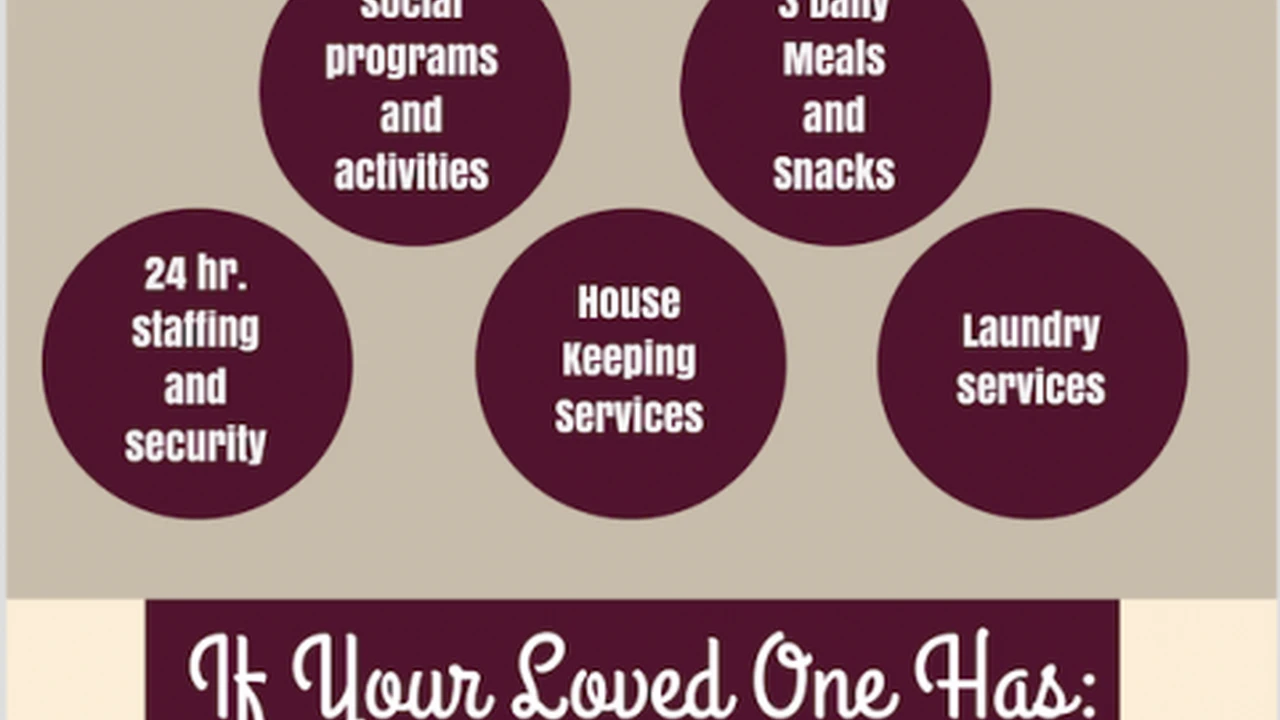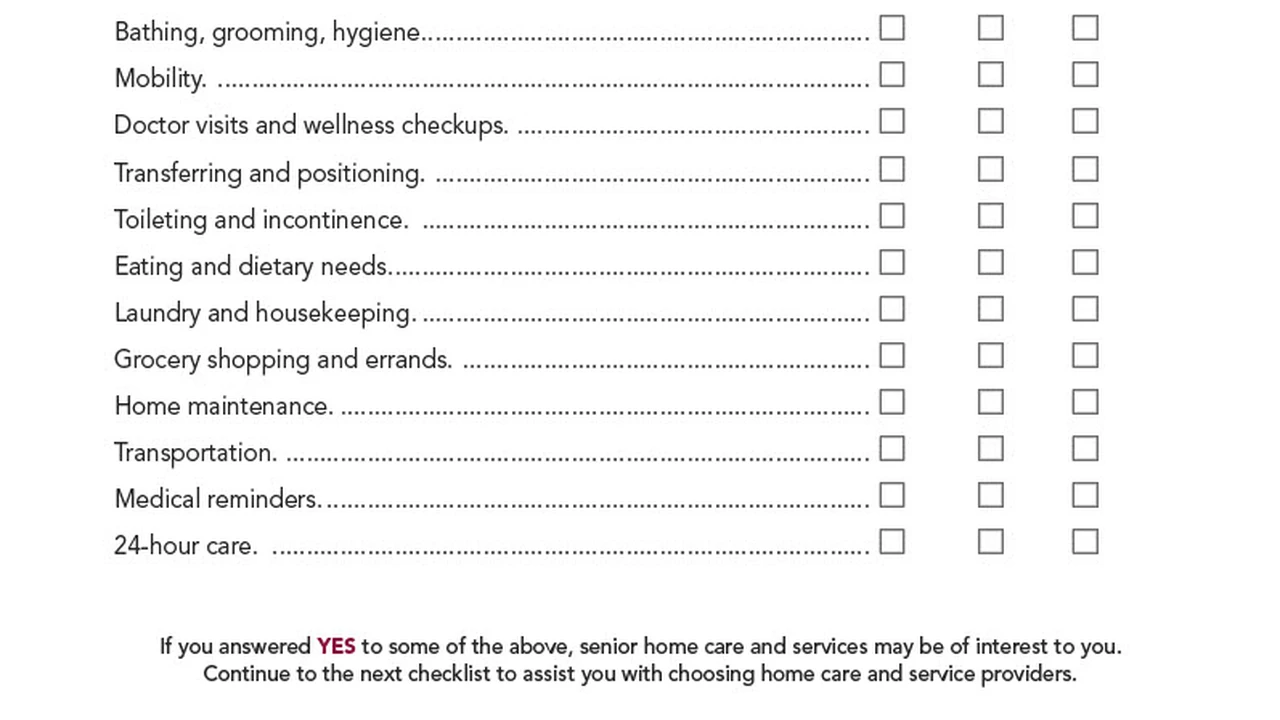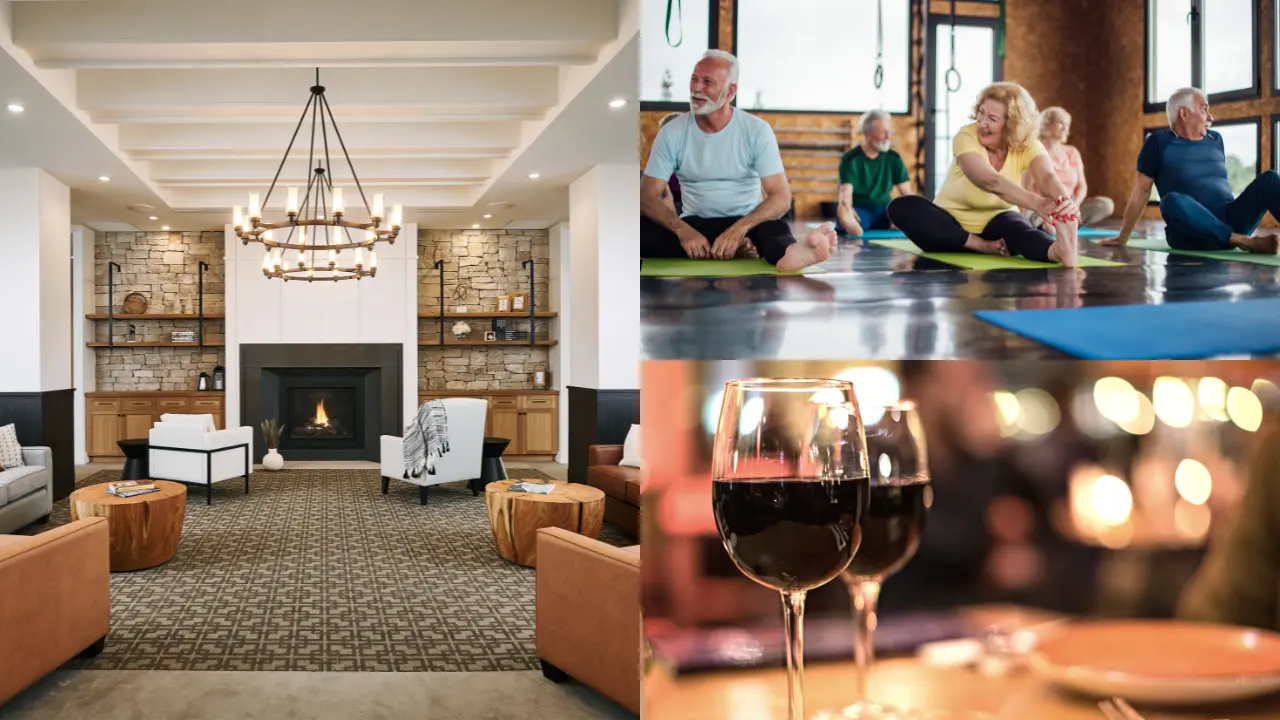Comparing Small vs Large Memory Care Units
Weigh the pros and cons of intimate, smaller memory care units versus larger facilities with more extensive amenities.

Comparing Small vs Large Memory Care Units
Choosing the right memory care unit for a loved one can feel like navigating a maze. It's a deeply personal decision, and one of the biggest considerations often boils down to size: should you opt for a smaller, more intimate memory care unit or a larger facility with a broader range of amenities? Both have their unique advantages and disadvantages, and understanding these can help you make an informed choice that best suits your loved one's needs and personality. Let's dive into the details, exploring everything from the environment and care philosophy to specific features and even some product recommendations that can enhance either setting.
Small Memory Care Units The Intimate Approach to Dementia Care
Small memory care units, often referred to as residential care homes, board and care homes, or even specialized wings within larger facilities, typically house fewer residents – sometimes as few as 6-10, and rarely more than 20. This creates a much more home-like, family-style environment. Think of it as a cozy, familiar setting rather than a bustling institution.
Benefits of Small Memory Care Units Personalized Attention and Familiarity
One of the most significant advantages of a smaller unit is the high staff-to-resident ratio. With fewer residents, caregivers can offer more personalized attention, truly getting to know each individual's preferences, routines, and unique needs. This familiarity can be incredibly comforting for someone with dementia, who often thrives on routine and consistent interactions. Staff members are more likely to notice subtle changes in behavior or health, leading to quicker interventions. The environment itself is often less overwhelming, with fewer people, less noise, and a more predictable daily rhythm. This can reduce agitation and confusion, common challenges for individuals with cognitive impairment. Activities are often tailored to the small group, fostering a sense of community and belonging. Meals are frequently served family-style, promoting social interaction and a more relaxed dining experience.
Challenges of Small Memory Care Units Limited Amenities and Resources
While intimacy is a huge plus, smaller units often come with limitations. They typically have fewer on-site amenities compared to larger facilities. You might not find a dedicated gym, a beauty salon, multiple dining options, or extensive activity programs. The range of specialized therapies (like music therapy or art therapy) might also be more limited or outsourced. If a resident requires a higher level of medical care or specialized equipment, a smaller unit might not be equipped to handle it, potentially necessitating a move in the future. Staff turnover can also have a more significant impact in a smaller setting, as the loss of even one familiar face can be disruptive to residents.
Large Memory Care Facilities Comprehensive Services and Diverse Programs
Large memory care facilities, often part of larger assisted living or continuing care retirement communities (CCRCs), can house dozens, sometimes even hundreds, of residents. These facilities are designed to offer a wide array of services and amenities, often resembling a small community or resort.
Advantages of Large Memory Care Facilities Extensive Amenities and Specialized Therapies
The sheer scale of larger facilities allows for a much broader range of amenities and services. You might find multiple dining venues, a fitness center, a library, a salon, beautifully landscaped gardens, and even swimming pools. They often have dedicated activity directors who plan a diverse calendar of events, including group outings, educational programs, and various forms of entertainment. Many large facilities employ a team of specialists, including occupational therapists, physical therapists, and speech therapists, offering a comprehensive approach to care. They are often better equipped to handle residents with more complex medical needs, with on-site nursing staff and access to advanced medical equipment. The larger staff pool can also mean more consistent coverage and less disruption from individual staff absences.
Disadvantages of Large Memory Care Facilities Potential for Overwhelm and Less Individualized Care
The very size that offers so many amenities can also be a drawback. For some individuals with dementia, a large, bustling environment can be overwhelming, leading to increased anxiety, confusion, and agitation. The higher number of residents can sometimes mean less individualized attention from caregivers, even if the staff-to-resident ratio meets regulatory requirements. It can be harder for staff to build deep, personal relationships with every resident. The environment might feel less like a home and more like an institution, which can be unsettling for some. Navigating a larger facility can also be challenging for residents with mobility issues or those who get easily disoriented.
Key Considerations When Choosing a Memory Care Unit Environment and Resident Personality
When making your decision, consider your loved one's personality and preferences. Did they thrive in quiet, intimate settings, or were they always drawn to bustling social environments? Someone who was introverted and preferred a calm routine might do better in a smaller unit, while an extroverted individual who enjoyed a wide variety of activities might flourish in a larger facility. Observe the environment during your tours: is it calm or chaotic? Is there a sense of community? How do residents interact with staff and each other?
Staff Training and Engagement in Dementia Care
Regardless of size, the quality of the staff is paramount. Inquire about staff training specifically in dementia care. Do they understand the unique challenges of Alzheimer's and other dementias? How do they handle challenging behaviors? Are they patient, compassionate, and engaging? A good indicator is observing how staff interact with residents during your visit. Do they make eye contact, use gentle language, and engage residents in meaningful ways?
Activities and Engagement Programs for Cognitive Stimulation
Activities are crucial for maintaining cognitive function and quality of life in memory care. Ask about the types of activities offered and how they are tailored to residents' cognitive levels and interests. Are there opportunities for physical activity, creative expression, and social interaction? For smaller units, activities might be more spontaneous and group-oriented. In larger facilities, there might be a more structured calendar with a wider variety of options. Look for programs that encourage engagement without causing frustration.
Safety and Security Features in Memory Care Settings
Safety is non-negotiable in memory care. Both small and large units should have secure perimeters, alarmed doors, and staff trained to prevent elopement. Inquire about emergency protocols, fire safety, and how they manage residents who might wander. Larger facilities might have more sophisticated security systems, while smaller units rely more on constant staff presence and a more contained environment.
Cost and Funding Options for Memory Care Services
Memory care can be expensive, and costs vary significantly based on location, level of care, and amenities. Smaller units might sometimes be more affordable, but this isn't always the case. Larger facilities often have more transparent pricing structures, but additional services can quickly add up. Understand what's included in the base rate and what constitutes an extra charge. Explore all funding options, including long-term care insurance, VA benefits, and Medicaid eligibility.
Enhancing the Memory Care Experience Product Recommendations for Both Settings
Whether you choose a small or large memory care unit, certain products can significantly enhance the resident's quality of life, promote engagement, and provide comfort. These are not substitutes for quality care but rather tools to support it.
Engagement and Cognitive Stimulation Products for Dementia Patients
For cognitive stimulation, consider products that are engaging and appropriate for various stages of dementia. These can be used individually or in group settings.
- Relish Reminiscence Therapy Kits: These kits (e.g., 'Gardening,' 'Travel,' 'Home Life') include themed objects, conversation cards, and activity ideas designed to spark memories and facilitate discussion. They are excellent for both small group activities and one-on-one engagement. Price: Approximately $50-$100 per kit. Use Case: Perfect for a small unit's common area or for individual sessions in a larger facility's activity room.
- Jigsaw Puzzles for Dementia: Companies like Springbok and Ravensburger offer puzzles with larger pieces, fewer pieces (e.g., 12-36 pieces), and age-appropriate imagery. These help maintain fine motor skills and cognitive function without causing frustration. Price: $15-$30 per puzzle. Use Case: Ideal for quiet time in a small unit or as a station in a larger facility's activity area.
- Simple Music Players with Pre-Loaded Music: Music can be incredibly powerful for individuals with dementia. Devices like the 'Music & Memories' player or a simple MP3 player pre-loaded with their favorite music can soothe, stimulate, and evoke positive memories. Look for players with large, easy-to-use buttons. Price: $40-$150. Use Case: Personal use in a resident's room in either setting, or for group music therapy sessions.
Comfort and Sensory Support Products for Memory Care Residents
Sensory products can provide comfort, reduce anxiety, and offer a sense of security.
- Weighted Blankets: These can provide a calming effect, similar to a hug, reducing anxiety and promoting better sleep. Ensure the weight is appropriate for the individual (typically 10% of body weight). Price: $50-$150. Use Case: For individual use in a resident's room, particularly during periods of agitation or at bedtime.
- Fidget Blankets or Muffs: These tactile items feature various textures, zippers, buttons, and ribbons that provide sensory stimulation and keep restless hands busy. They can be very soothing for individuals who pick at their clothes or skin. Price: $20-$50. Use Case: Can be used anywhere, from a common area to a resident's room, to provide a calming distraction.
- Aromatherapy Diffusers with Calming Essential Oils: Lavender, chamomile, and frankincense can have calming effects. Use diffusers with caution and ensure proper ventilation, and always check for allergies or sensitivities. Price: $20-$60 for diffuser, $10-$30 for oils. Use Case: Can be used in common areas of small units or in individual rooms in either setting, with staff supervision.
Safety and Orientation Products for Dementia Care
While facilities have their own safety measures, some personal items can further aid orientation and safety.
- Large-Face Clocks with Day and Date: Simple, easy-to-read clocks that clearly display the time, day of the week, and date can help residents maintain a sense of orientation. Brands like American Lifetime offer excellent options. Price: $30-$70. Use Case: Essential for every resident's room in both small and large units.
- Personal GPS Trackers (with facility approval): For residents prone to wandering, a discreet GPS tracker (e.g., AngelSense, Jiobit) can provide peace of mind, allowing staff to quickly locate them if they somehow leave the secure area. Always discuss with the facility first. Price: $50-$150 for device, plus monthly subscription ($20-$40). Use Case: For residents in either setting who have a high risk of wandering, used in conjunction with facility protocols.
- Picture Telephones with Large Buttons: These phones allow residents to easily connect with family members by simply pressing a picture button. Brands like Clarity and Serene Innovations offer user-friendly models. Price: $50-$100. Use Case: Placed in a resident's room to facilitate easy communication with loved ones.
Making the Final Decision A Holistic Approach to Memory Care
Ultimately, the choice between a small and large memory care unit isn't about one being inherently better than the other. It's about finding the best fit for your loved one. Consider their personality, their current stage of dementia, their medical needs, and your family's preferences. Visit multiple facilities of both types, ask lots of questions, and trust your gut feeling. Pay attention to the atmosphere, the cleanliness, and most importantly, how the staff interacts with the residents. A facility that feels right, where your loved one will be treated with dignity and compassion, is the most important factor, regardless of its size.
Remember, this journey is about providing the best possible quality of life for someone you care about. Take your time, gather information, and make a decision that brings peace of mind to both you and your loved one.
:max_bytes(150000):strip_icc()/277019-baked-pork-chops-with-cream-of-mushroom-soup-DDMFS-beauty-4x3-BG-7505-5762b731cf30447d9cbbbbbf387beafa.jpg)






